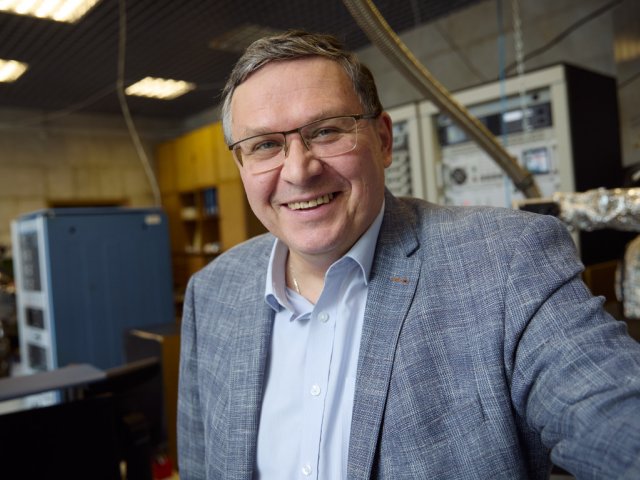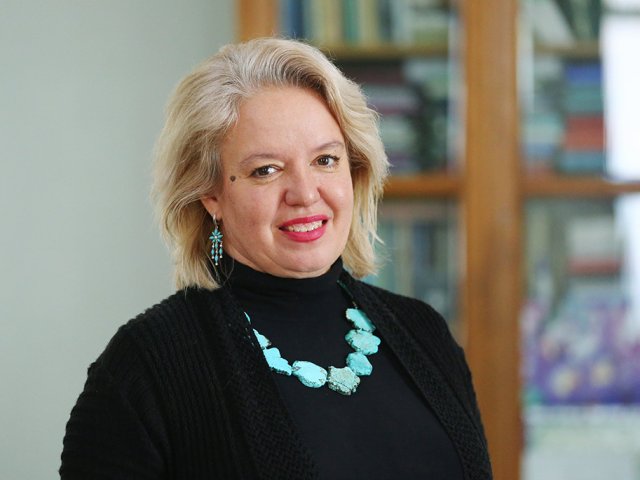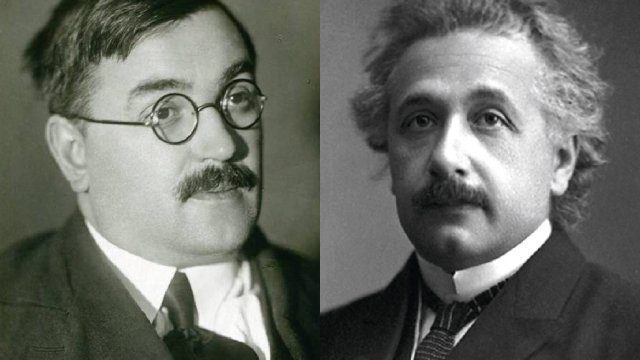Official:
Thomas Alva Edison. February 11, 1847 – October 18, 1931. American inventor and businessman who received over one thousand patents in the USA and about three thousand patents in other countries. In 1930, he became the honorary member of the Academy of Sciences of the USSR.
Life and Work:
1. The New York Times wrote in 1923: “There is a human brain that is of great value. In the business and industrial world, it is valued at fifteen billion dollars.” The owner of this brain, Thomas Alva Edison, considered the secret of genius to be work, perseverance and common sense.
2. More than one thousand patents in the United States alone, about three thousand patients in the rest of the world. A phonograph, safe light bulb, screen printing, new type of battery – all these inventions were created by Thomas Alva Edison, the most famous inventor in human history.
3. The inventor's great-grandfather sided with England in the American War of Independence and was forced to settle in Canada as a result. The opposite story happened with the scientist's father: he took part in a rebellion against the Canadian authorities and moved to the United States to avoid punishment. The refugee's business in his new-old homeland went well, and his son Thomas Alva was born into a wealthy family.
4. The seventh and last child in the family was small and frail but curious. He had to be taken out of school, but his mother who was a former school teacher taught him at home.
5. The future inventor read his first scientific book at the age of nine. It was Richard Green Parker's Natural and Experimental Philosophy that collected almost all the scientific and technical information of that time.
6. At the age of 10, the boy equipped a laboratory in the basement and began to carry out chemical experiments.
7. The experiments required money, and 12-year-old Al, as he was called at home, got a job selling candies and newspapers on the train. However, he did not go far from the experiments: he was allowed to set up a laboratory in the luggage car of the train.
8. A lot of legends and tales have grown around Edison, and his aphorisms are still quoted today. Many conscientious researchers are ready to put their name to his words “Genius is 1 percent inspiration and 99 percent perspiration.”
9. The legend began this way: on October 11, 1868, Thomas Alva Edison registered his very first patent. It was not something in the field of electrical engineering or communications, which would not be surprising, as Edison worked at the telegraph and was considered virtually the best telegraph operator in America at that time. It was an electric vote recorder, that is, just a vote counting machine.
10. Edison’s business principle was “giving commercial value to the brilliant.” However, he was spending the money he was earning on new inventions.
11. Edison did not always do what he intended. For example, he did not even think about the phonograph, he just wanted to improve the phone. Once, when fussing over the diaphragm to which the steel needle was soldered, Thomas Alva started singing a song. The plate trembled, and the needle pricked the inventor’s finger. It played the role of Newton’s apple – It dawned on Edison. What if he records needle vibrations and then draws the needle over the record? Will the record speak?
12. Edison spent a month and eighteen dollars and built a phonograph prototype. On August 12, 1877 he emotionally pronounced the famous nursery rhyme Mary Had a Little Lamb into the megaphone. Mary and her lamb became known all over the world, and Edison received a patent for his sound recording and reproducing machine.
13. There were widespread stories about an academician grabbing an apparatus demonstrator by the throat, as he suspected a ventriloquist in him, and about additional trains launched to Menlo Park, where a talking machine was being demonstrated to those who wished in Edison’s laboratory. The inventor himself modestly believed that the first talking machine was made by not him but the Lord – from the rib of Adam.
14. In 1877, Edison wrote a letter to the president of the Pittsburgh Telegraph Company. This letter left its make in history, as, in this very letter, Edison argued that the word “hello” is the best way to greet another person when communicating on the phone. Alexander Bell suggested his own option, the word “ahoy,” that is, “hey” that was used to call to a ship. Edison won, and “hello” became the phone greeting used by the half of the world. In the Russian language, it turned into “allo.”
15. One of the most famous inventions commonly attributed to Edison is the ordinary light bulb. Researchers broke a lot of spears and eventually decided that, while standing on the shoulders of giants – Russian inventors Yablochkov and Lodygin, and English inventor Swan, Edison developed an incandescent lamp that was profitable in production and doomed to commercial success.
16. Edison created a screw cap and socket for a light bulb, invented fuses, switches, and the first energy meter. Most importantly, he conveyed current to this light bulb, that is, he patented an electricity distribution system. A company founded by Edison built the first power plant and started supplying 110-volt direct current to New York customers.
17. Edison's romance with cinema was short: it was interrupted by a fatal mistake. The inventor created a kinetoscope for viewing, but it was designed for one person looking through a peephole viewer window. The most popular form of art did not require this apparatus.
18. The inventor was married twice and had six children. After his death, his son Charles took over all of Edison's companies and laboratories.
19. One day, Edison's wife advised him to go somewhere to rest. “Choose the place you like,” she said. “Fine, tomorrow I'm going to my laboratory,” the inventor replied.
20. The main thing indefatigable Edison was proud of was the fact that there was not a single murder weapon among his inventions.
21. Edison died at his home in West Orange, New Jersey. He acquired this house in 1886 as a wedding present for his second wife and moved his family and laboratories there. He was buried at the same place, in the park. Now the estate houses a museum called Thomas Edison National Historical Park.
22. The following was named after Edison: the town of Edison, New Jersey, where his estate Menlo Park, now a museum, was located, the town of Alva, Florida, Lake Thomas A. Edison in California and football player Pele whose real name is Edson after the inventor.





















